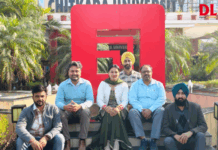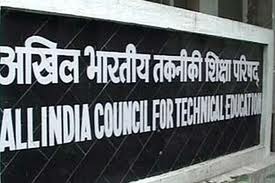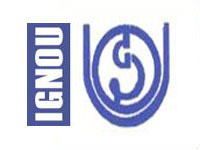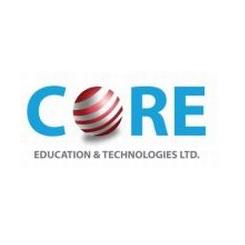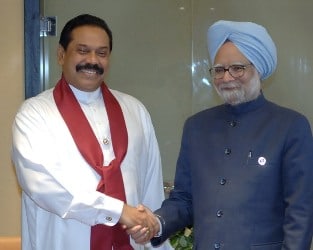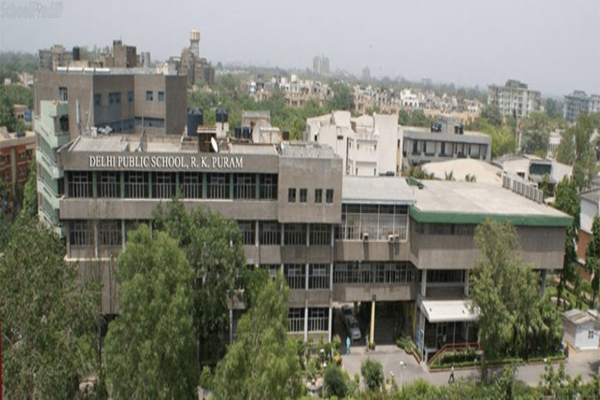Stores
| Hans Raj Dogra & Sons, Newspaper Agent, Bus Stand, Gurdaspur, Punjab, Mob. 9872032357 | Narula Book Shop, Mr Karampreet Singh, Phase-1, Mohali, Ph. 0172-5096291 |
| Premier News Agency, Opp. Clock Tower, G.T. Road, Ludhiana, Punjab – 141008, Mob. 09814034600 | J.K. News Agency, Newspaper Agent, Near Bus Stand, Patiala, Punjab |
| Pt. Beli Ram & Sons, FF Sri Guru Ravidas Mandir, O/S Hall Gate, Amritsar, Punjab, Ph. 01832550285/9815 | Mr Praveen Sarao, Magazine Shop, Sec-7, Panchkula, Ph. 0172-2599125 |
| Batra News Agency, Bhiwani Stand, Rohtak, Haryana – 124001, Mob. 9416167067 | Verma News Agency, 1890, Railway Road, Near State Bank Of Patiala, Hissar, Haryana – 125001, Mob. 9813549996 |
| Agarwal News Agency, Civil Lines, Near Shiv Mandir, Roorkee, Haridwar | Capital News Agency, 257, Ram Bazar, Opp. Main Bus Stand, Shimla, Himachal Pradesh – 171001, Ph. 01712659117 |
| Janta News Agency, Srinagar, Jammu & Kashmir | Premier News Agency, Kachchi Chawani, Jammu, Jammu & Kashmir |
| Modern News Agency, B-522, Kamla Nagar, Agra | Subhash Chandd Singhal, Main bus stand, Meerut , U.P. |
| Bhavna News Agency, Newspaper Mkt. , Railway Bazar, Kanpur | Modern Book Stall, B-6,7, Janpath Market, Hazratganj, Lucknow, Uttar Pradesh – 226001 |
| R. A. Dubey News Agency, 26 – M.G. Marg, Civil Lines, Allahabad, U.P. – 211001 | Prasad News Agency, Gole Ghar, Cinema Road, Gorakhpur, U.P. |
| S. P. Singh, Vidhyapeeth Road , near allahabad bank, Varanasi, U.P. | Stationary Stores, Thana Road, Charali, Tinsukia |
| Durga News Agency, Cotton College Road, Pan Bazar, Guwahati, Assam – 01 | Surabhi Sahitya Kutir, Thana Chariall, Dibrugarh, Assam |
| Bhatia Magazine Centre, P.R. Mansion, Rangatang, Near Gaya Bridge, Dhanbad | Murari Prasad Book Seller, 23, 24, Buddha Plaza, Budh Marg, Patna, Bihar – 01, Mob. 9431041221/22335 |
| Modern Book Depot, Near Kali Badi Mandir, Main Road, Ranchi | S. B. Traders, Kalibari Road, Siliguri, West Bengal |
| Murty News Agency, Old Bus Stand, Berhampur, Ganjam, Berhampur, Orissa – 700107 | M/s A.K. Nayak, Bus Stand Book Stall, Bhubaneswar, Orissa-751 009 |
| Venkateshwara Newspaper & Magazine Centre, Opp. State Bank of Hyderabad, Workshop Corner, Nanded City, Maharashtra – 431605 | Kalyani News Agency, No.1, Town Bus Stand, Salem, Tamilnadu – 636001, Ph. 2262386/2261477 |
| Kasthuri News Agency, Desika Dharshan, 20-a, Hazur Road, Coimbatore, Tamilnadu – 641018, Ph. 2301083/85 | S.Murugesan, 57, chappani koil 1st lane, north masi street, Madurai, Tamilnadu |
| Janta News Agency, 10, malviya chowk, Jabalpur, Madhya pradesh – 482001, Ph. 07614006237 | Parikh News Agency, Near Bal Bharati School, Sarafa Bazar, Lashkar, Gwalior, M.P. – 474001 |
| Variety Book Stall, Shop no.14-15, Guruteg Bahadur Complex, New Market, Bhopal, Madhya Pradesh – 462003 | Dewangan Book Stall, New bus stand, Bilaspur, Chatishgarh, Mob. 9827158655/22735 |
| Dulichand Jain, Newspaper Agent, 410, M.G. Road (Khajuri Bazar), Indore, M.P. , Mob. 9826045130 | Mukund Parekh News Agency, Shop no. 1 Old Bus Stand, Raipur, Chatishgarh, Ph. 2225851/5030851 |
| Khatri Nawal Store, Deep Cinema , Sailan Bus stand, Ratlam, M.P. | Sachdeva News Agency, T.c. Tower, opp. Jilla panchayat, Motibaug road, Bhavnagar, Gujarat |
| Mayur News Agency, Opp. Lodhawad Police Station, s.v.p. Road, Rajkot, Gujarat | Paras Book Stall, Under Hotel Swati, Teen Batti, Jamnagar, Gujarat – 361001 |
| Rajesh Manish Agency, Shop no. G-3 b, Mayor Tower, Nehru Bazar, Jaipur | Rakesh News Agency, 59 D Public Park , Shriganganagar, Rajasthan |
| Hafizbaig Newspaper Agent, Mahajan market, Sitabuldi, Nagpur | Kailash News Agency, Near town hall, Nagar palika link road, Udaipur, Rajasthan – 313001, Ph. 02942561145 |


